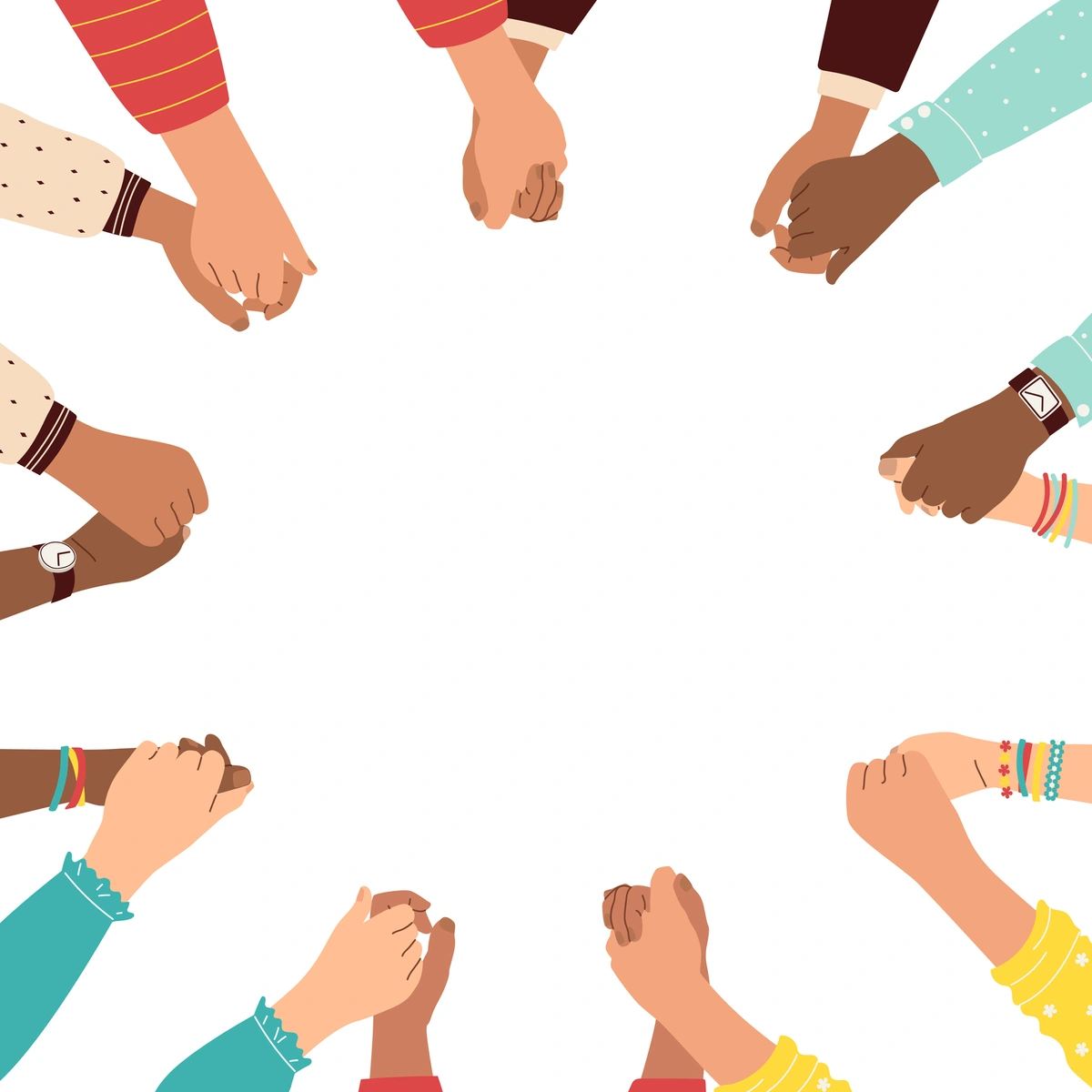Sexual Assault and Mental Health

Sexual Assault and Mental Health
The connection between sexual assault and mental health.
March 20, 2024 | Dr. Joel L. Young
Social media feeds had been flooded with the hashtag #MeToo after allegations were made against some powerful Hollywood executives and actors. In a show of solidarity, women, and some men, shared their experiences of sexual assault, rape, sexual harassment, and other forms of sexual abuse. The magnitude of these revelations begged the question: how does this affect mental health? Here's what you need to know about the correlation between sexual assault and mental health.
Sexual abuse disproportionately affects women
Statistically speaking, almost all (at least 90 percent) of sexual abuse victims are women. As many as one in six women will be raped during her lifetime, and many more will face other forms of sexual assault, such as unwanted touching or sexualized threats online. This leads to extremely skewed social attitudes toward women. These attitudes affect even women who aren’t victimized. Most women know someone who has been abused and many go through significant emotional and physical resources avoiding danger. Others develop anxiety about the possibility of becoming a victim.
This is precisely why #MeToo was so powerful. It showed women that they’re not alone and that their experiences happen in a broader political and gender context. It also made visible to men what often is not: the fact that the women in their lives may be dealing with a wide range of trauma due to sexual abuse.
Men can be victims, too
Sexual violence is an issue many women live with, and that almost all have to think about. But this can obscure the fact that men can be victims, too. Men who have been sexually victimized may feel emasculated or humiliated and may be reluctant to come forward.
Most perpetrators are men
Even when men are victims of sexual assault, the perpetrator is typically a man. Depending on which statistic you believe, men are between 90 to 99 percent of all sexual assault perpetrators. Despite this fact, sexual assault outreach often focuses on the victims and potential victims, by telling them how to behave to avoid violence. As a society, we need to work to understand the factors that put men at risk of becoming perpetrators. To do that, we must treat sexual assault as a men’s issue too, not simply as something women must address.
Sexual harassment creates an aggressive world
Much of the recent dialogue focuses on rape and other violent forms of sexual assault. Yet research shows that sexual harassment is the most common form of sexual abuse women face. In the workplace, it can reinforce gender norms and be used to make women feel inferior to their male colleagues. It can even become a way to coerce women into unwanted sex.
Workplace sexual harassment is just one form of this abuse. Another form, called street harassment, occurs when women face aggressive sexual overtures from men out in the world. Many report that, when they rebuff these advances, men threaten them or call them ugly. This creates a high price for being a woman in public and can leave many women feeling anxious, insecure, and constantly on alert.
The connection between sexual abuse and mental health
Most data suggests that women experience mental health problems at rates significantly higher than men. It’s easy to blame this on hormones, or to something unique about the female brain. Yet there’s a more obvious culprit here: women live in a society that continually exposes them to trauma and reminds them of their supposed inferiority. Research has repeatedly linked exposure to discrimination to stress and mental illness.
Much media attention has focused on the epidemic of PTSD and mental illness among military veterans. However, rape and sexual assault might actually be the most common cause of PTSD. Data suggests that about 30 to 80 percent of sexual assault survivors develop PTSD. With so many women exposed to sexual assault, it becomes clear that the disparity between men and women in mental health issues might be closely related to the trauma many women face.
Victim-blaming compounds trauma
Along with an onslaught of brave individuals coming forward with stories of abuse and survival, some people saw something else: victim blaming. Commenters asked why victims wore what they did, didn’t fight back, stayed out too late, etc.
Healthy, balanced people do not assault others—no matter what they are wearing. But blaming people for their own assault does compound the mental health effects of trauma, and create a world where victims suffer in silence.
Many suffer in silence
#MeToo was so powerful precisely because it made it hard to look away from a problem that has long remained in the shadows. Assault survivors aren’t other people; they’re our daughters, our mothers, our friends, our loved ones. But just because a woman doesn’t come forward doesn’t mean she’s not a survivor. Some women prefer to remain private. Others are concerned about the very backlash they've witnessed other women experience. And therein lies a problem: We re-traumatize survivors by questioning their stories, demanding answers, and subjecting them to public scrutiny in a way we’d never scrutinize, say, a robbery victim.
#MeToo was the beginning of a reframing discussion surrounding sexual abuse. It was a powerful opportunity for mental health professionals to intensify their efforts to support survivors. But the fight is not over.
References:
- Cochrane, K. (2013, May 09). Men are victims as well as perpetrators of sex crime. So why aren't they talking?. Retrieved from https://www.theguardian.com/commentisfree/2013/may/09/men-victims-of-male-aggression-speak-up
- Otto, F. (2016, May 19). What The New York Times gets wrong about PTSD. Retrieved from http://drexel.edu/now/archive/2016/May/NYT_PTSD_Purtle/
Ready to boost your practice?
Try 3 complimentary assessments on us.